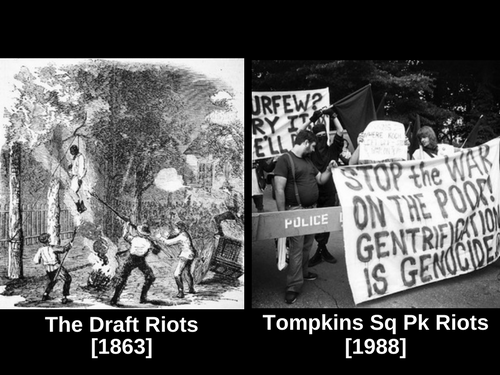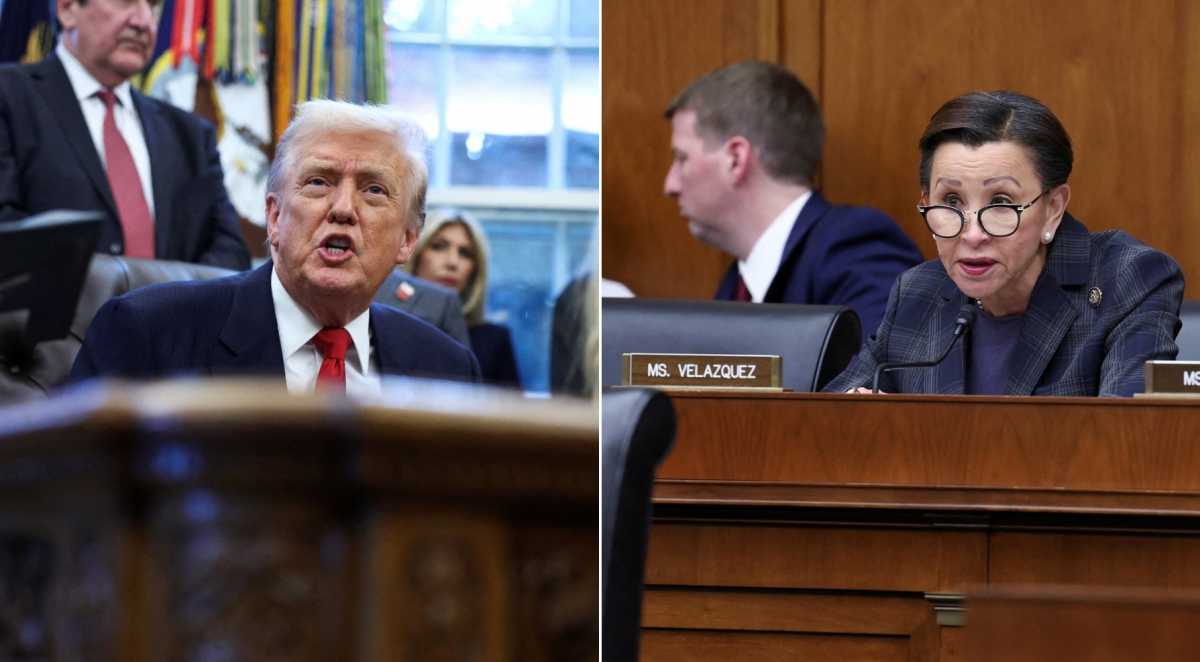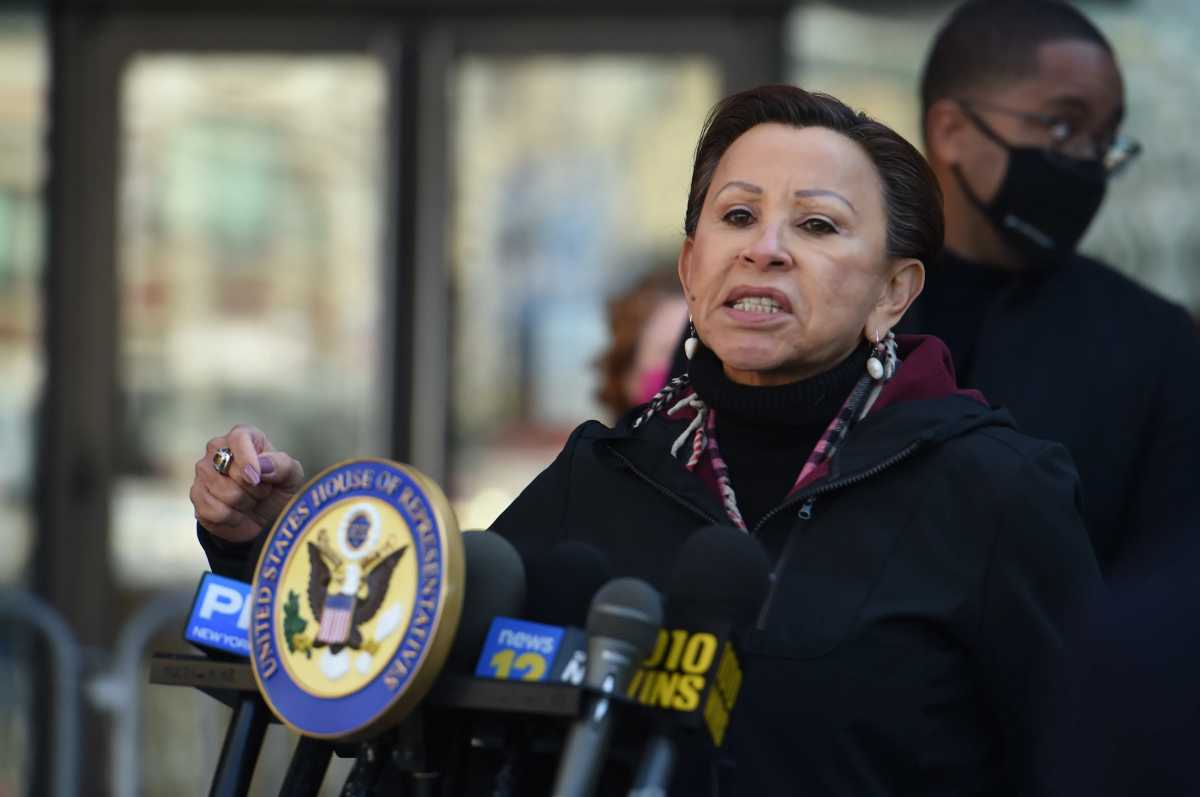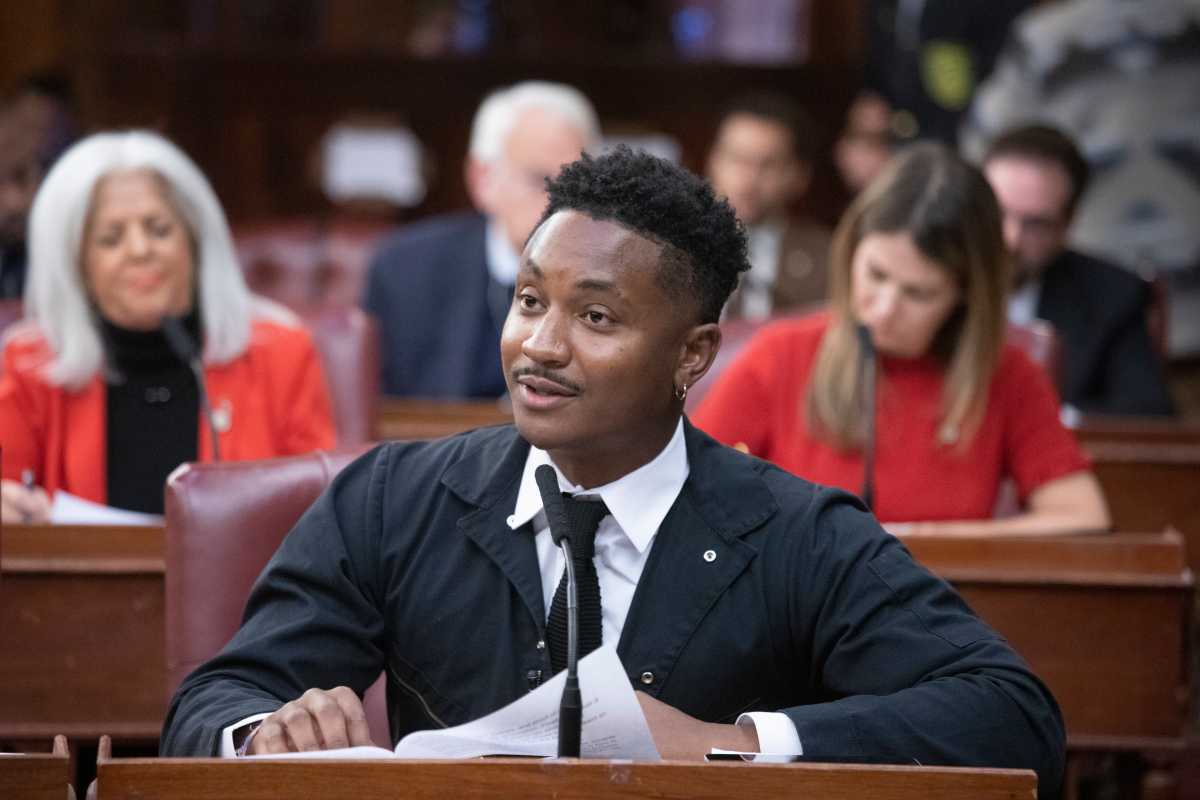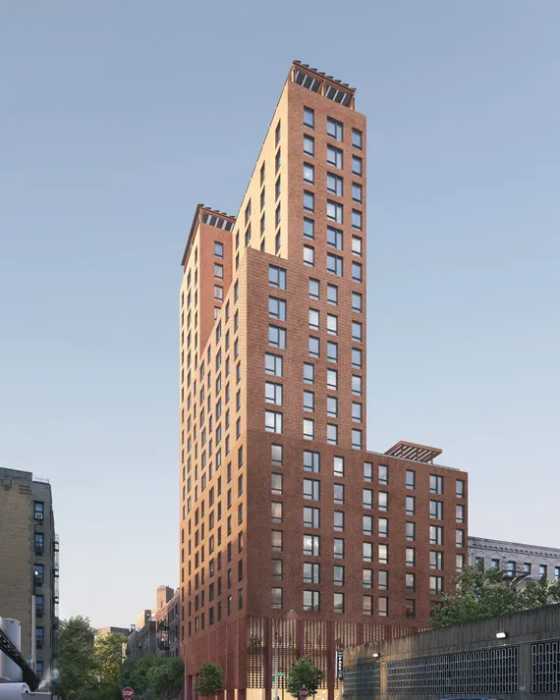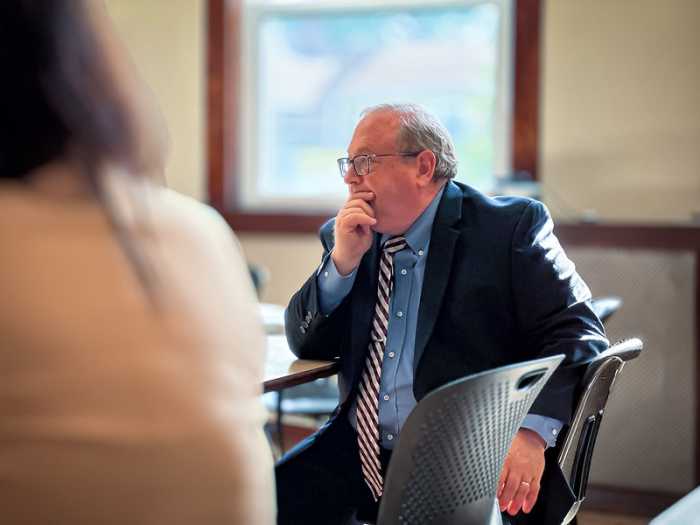City Council Members Brad Lander (D-Park Slope, Windsor Terrace, Kensington), Laurie Cumbo (D-Clinton Hill, Fort Greene, Crown Heights) and Jimmy Van Bramer (D-Queens) are pushing to establish a new Historic and Cultural Marker program in NYC, to commemorate a more inclusive set of histories, communities, struggles and sites that shape New York City.
The initiative comes on the heels of Mayor Bill de Blasio’s Advisory Commission on City Art, Monuments and Markers recently announced recommendations that included not taking down any statues of Christopher Columbus – a controversial idea on its’ own.
Among other items, the report recommendations included adding some signage and historical context around controversial monuments including at the Theodore Roosevelt statue at American Museum of Natural History.
The launch of the Lander/Cumbo/Bramer program includes the AllOurHistoriesNYC.com website as well as introduction of legislation to establish the creation of a new Historic and Cultural Marker Program that builds on the Commission’s recommendations. The site invites New Yorkers to suggest new ideas for City sites and individuals to commemorate through the new program.

“We need to make sure that all our histories are on the map. Right now, our city lacks the tools to publicly tell the full story of our collective history. This moment is a critical opportunity: not only to make sure we don’t glamorize racism, but that we commemorate the full range of histories, communities, cultures, and struggles that have built New York City. We’ve all got a lot to share, and a lot to learn,” said Lander, the Council’s Deputy Leader for Policy.
The proposed program will specifically look to target historic districts and buildings under 30 years of age that don’t currently meet the requirements of a landmark or require the rigorous protections that the landmark designation provides. New York State’s historic marker program was discontinued in 1966, leaving localities responsible for approving, installing and maintaining historic markers, including New York City. However, since then the City has acted on rare occasions most recently placing a plaque to mark the spot of the site on Wall Street where the City operated a slave market for over 50 years.

Additionally, the proposed bill will require the City to develop, implement and oversee a program to recognize community leaders and activists, tell untold and forgotten stories of New Yorkers, commemorate important people, places and events and provide interactive and online materials to educate NYC residents and visitors about a diverse range of cultural and historic sites amongst other responsibilities.
“In the broadest terms, we are who we are because of the stories and values passed on to us. But what is so glaring is that we have developed a history of adaptations. Our experiences can help weave a lifelong narrative, but what we must address is the foundational roots of our history of oppression, slavery, abuse, and maltreatment. We as a people must continue to push for the full story. We need artistic and cultural markers to give clarity, so that we can honor the true history of our people,” said Cumbo.

Meanwhile, Assemblywoman Nicole Malliotakis (D-South Brooklyn, Staten Island) applauded the decisions on the statues, calling the recommendation for the Columbus Statue a “victory.”
“While, as I’ve said numerous times before, I don’t believe a statue commission was a good use of taxpayer money and government time, I am pleased to learn that the committee has decided that the Christopher Columbus statue at Columbus Circle should remain. This is a victory for Italian-Americans and those who appreciate his contributions and recognize the explorer represents the immigrant experience,” said Malliotakis.


